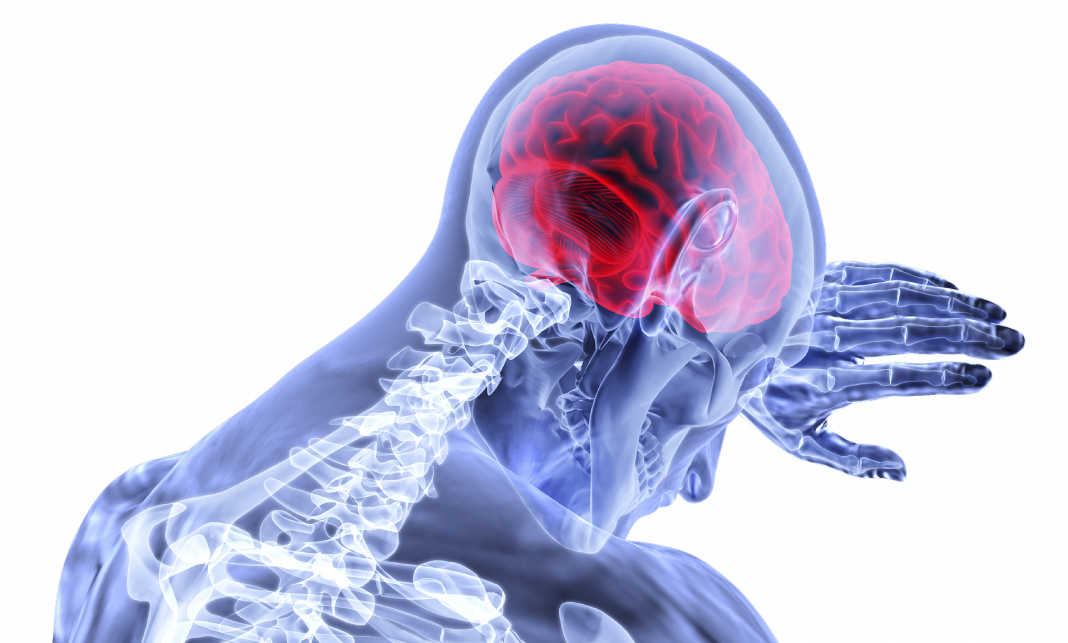Expanding upon previous work that developed a treatment using a type of extracellular vesicles known as exosomes—small fluid-filled structures that are created by stem cells—investigators at the University of Georgia (UGA) present brain-imaging data for a new stroke treatment that supported full recovery in swine, modeled with the same pattern of neurodegeneration as seen in humans with severe stroke. Findings from this new study were published recently in Translational Stroke Research through an article titled “Neural Stem Cell Extracellular Vesicles Disrupt Midline Shift Predictive Outcomes in Porcine Ischemic Stroke Model.”
Amazingly, it’s been almost a quarter-century since the first drug was approved for stroke. Yet, what’s even more striking is that only a single drug remains approved today, so having a greater understanding of the molecular mechanisms that underlie stroke cases should lead to new therapies that could provide dramatic improvements in patient outcomes.
The researchers at UGA’s Regenerative Bioscience Center report the first observational evidence during a midline shift—when the brain is being pushed to one side—to suggest that a minimally invasive and nonoperative exosome treatment can now influence the repair and damage that follow a severe stroke.
“It was eye-opening and unexpected that you would see such a benefit after having had such a severe stroke,” noted senior study investigator Steven Stice, PhD, a professor in UGA’s College of Agricultural and Environmental Sciences. “Perhaps the most formidable discovery was that one could recover and do so well after the exosome treatment.”
Exosomes are powerful mediators of long-distance cell-to-cell communication that can change the behavior of the tumor and neighboring cells. Interestingly, the results of the current study echo findings from other recent Regenerative Bioscience Center (RBC) studies using the same licensed exosome technology.
Many patients who suffer stroke exhibit a shift of the brain past its center line—the valley between the left and right parts of the brain. Lesions or tumors will induce pressure or inflammation in the brain, causing what typically appears as a straight line to shift.
“Based on results of the exosome treatment in swine, it doesn’t look like lesion volume or the effects of a midline shift matter nearly as much as one would think,” explained co-author Franklin West, PhD, associate professor of animal and dairy science in the UGA College of Agricultural and Environmental Sciences. “This suggests that, even in some extremely severe cases caused by stroke, you’re still going to recover just as well.”
Trauma from an acute stroke can happen quickly and can cause irreversible damage almost immediately. “Time is brain,” a phrase coined by stroke advocacy organizations in the late 1990s, captures the importance of acting on the first signs of a stroke. In less than 60 seconds, warns the Stroke Awareness Foundation, an ischemic stroke kills 1.9 million brain cells.
Data from the team’s research showed that nontreated brain cells near the site of the stroke injury quickly starved from lack of oxygen and died—triggering a lethal action of damage signals throughout the brain network and potentially compromising millions of healthy cells. However, in brain areas treated with exosomes that were taken directly from cold storage and administered intravenously, these cells were able to penetrate the brain and interrupt the process of cell death.
“This study investigated the utility of MRI as a predictive measure of clinical and functional outcomes when a stroke intervention is withheld or provided, in order to identify biomarkers for stroke functional outcome under these conditions,” the authors wrote. “Fifteen MRI and ninety functional parameters were measured in a middle cerebral artery occlusion (MCAO) porcine ischemic stroke model. Multiparametric analysis of correlations between MRI measurements and functional outcome was conducted. Acute axial and coronal midline shift (MLS) at 24 h post-stroke were associated with decreased survival and recovery measured by modified Rankin scale (mRS) and were significantly correlated with 52 measured acute (day 1 post) and chronic (day 84 post) gait and behavior impairments in non-treated stroked animals.”
“Basically, during a stroke, these really destructive free radicals are all over the place destroying things,” added Stice. “What the exosome technology does is communicate with jeopardized cells and work as an anti-inflammatory agent to interrupt and stop further damage.”
In this observational study, the team analyzed brain images taken 24 hours after stroke. They then applied recovery scores, commonly used in human practice, based on swine gait, cadence, walking speed, and stride length. By recording the relationship between brain measurements and functional outcomes, the new assessment scales can better help physicians predict how quickly a person will recover in real-time.
“What I’m trying to do with this assessment data is come up with something that we can implement in the clinics right now—today—to help with predicting patient outcomes,” remarked lead study investigator Samantha Spellicy, a neuroscience graduate student at UGA.
Spellicy continued and concluded that “when a patient arrives in an emergency with a stroke, the available clinician would not be left crunching an arbitrary number based on some standardized scale assessment. Instead, the clinician could take more of a personalized approach based on the patient’s midline shift measurement, and, say for instance, ‘OK, in three months you’re going to get better, but you’re going to have issues with your gait. Let’s talk to a specialist now to target that exact condition.'”



